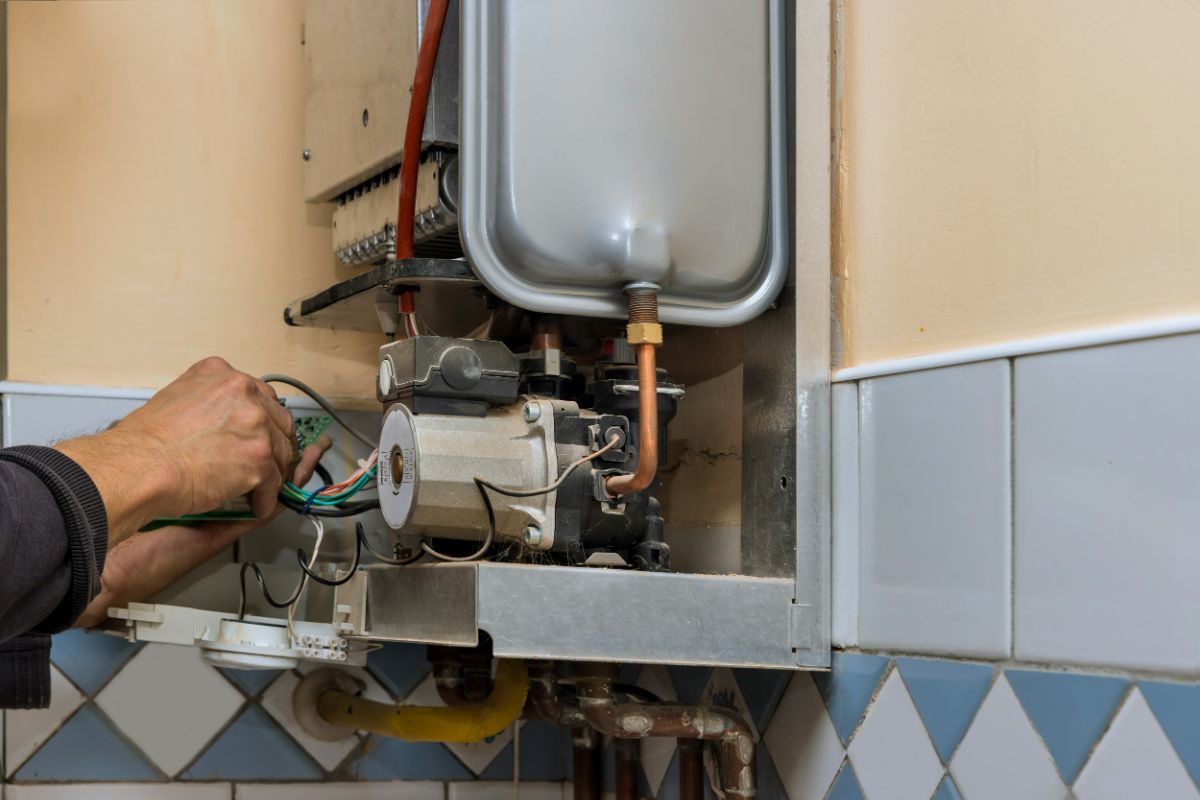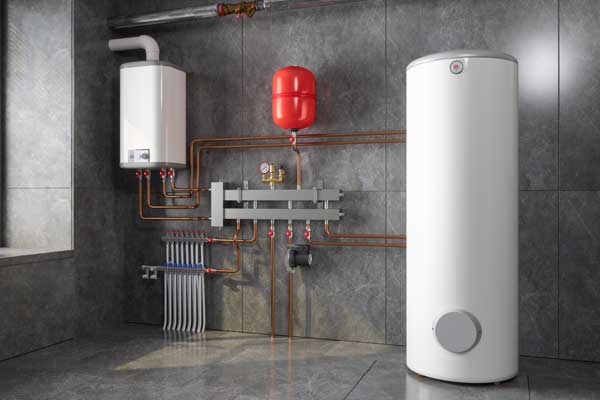How to Prolong the Life of Your Home's Hot Water System Through Maintenance
How to Prolong the Life of Your Home's Hot Water System Through Maintenance
Blog Article
The content underneath about How to Maintain Your Water Heater & Prolong its Life is highly informative. Don't bypass it.

Warm water is vital for day-to-day convenience, whether it's for a refreshing shower or cleaning recipes. To ensure your warm water system runs efficiently and lasts much longer, normal upkeep is key. This post provides useful pointers and insights on exactly how to maintain your home's hot water system to stay clear of disruptions and expensive fixings.
Introduction
Preserving your home's warm water system may appear daunting, however with a couple of simple steps, you can guarantee it runs smoothly for many years ahead. This overview covers every little thing from recognizing your hot water system to DIY maintenance tips and understanding when to call professional help.
Significance of Keeping Your Warm Water System
Normal maintenance not only prolongs the life-span of your warm water system yet also ensures it operates efficiently. Disregarding upkeep can lead to decreased efficiency, higher energy expenses, and also premature failure of the system.
Indications Your Hot Water System Requirements Upkeep
Understanding when your warm water system requires interest can stop significant problems. Watch out for indications such as irregular water temperature level, odd noises from the heater, or rusty water.
Flushing the Water Heater
Flushing your water heater removes debris accumulation, boosting effectiveness and lengthening its life.
Checking and Changing Anode Rods
Anode rods stop rust inside the container. Evaluating and changing them when broken is vital.
Facility Concerns Calling For Specialist Assistance
Instances include major leakages, electrical problems, or if your hot water heater is constantly underperforming.
Regular Expert Maintenance Benefits
Specialist maintenance can consist of thorough inspections, tune-ups, and making certain conformity with security standards.
Inspecting and Adjusting Temperature Setups
Changing the temperature settings makes certain ideal performance and security.
DIY Tips for Upkeep
You can execute a number of upkeep jobs on your own to maintain your warm water system in top condition.
Checking for Leakages
Regularly inspect pipelines and links for leakages, as these can lead to water damages and greater expenses.
Understanding Your Warm Water System
Prior to diving into maintenance tasks, it's useful to understand the basic components of your warm water system. Normally, this includes the hot water heater itself, pipes, anode poles, and temperature level controls.
Regular Monthly Maintenance Tasks
Normal month-to-month checks can help capture minor problems before they escalate.
Testing Pressure Relief Valves
Testing the pressure relief valve guarantees it works correctly and avoids extreme stress build-up.
Insulating Pipes
Insulating hot water pipes minimizes heat loss and can save power.
When to Call a Professional
While DIY maintenance is helpful, some concerns need expert knowledge.
Verdict
Regular maintenance of your home's warm water system is essential for efficiency, durability, and price savings. By complying with these pointers and recognizing when to look for specialist help, you can guarantee a trusted supply of hot water without unforeseen interruptions.
How to Maintain an Instant Hot Water Heater
Before tinkering with your hot water heater, make sure that it’s not powered on. You also have to turn off the main circuit breaker and shut off the main gas line to prevent accidents. Also turn off the water valves connected to your unit to prevent water from flowing into and out of the appliance. 2. When you’re done, you have to detach the purge valves’ caps. These look like the letter “T†and are situated on either side of the water valves. Doing so will release any pressure that has accumulated inside the valves while at the same time avoid hot water from shooting out and burning your skin. 3. When the purge valves’ caps are removed, you have to connect your hosing lines to the valves. Your unit should have come with three hoses but if it didn’t, you can purchase these things from any hardware or home repair shops. You can also get them from retail stores that sell water heating systems. Read the user’s manual and follow it to complete this task properly. When the hosing lines are connected, open the purge port’s valves. 4. You should never use harsh chemical cleaners or solutions when cleaning your unit. Make use of white vinegar instead. It should be undiluted and you’ll probably use about 2 gallons. 5. Now flush your water heater. This task should probably take about 40 minutes. We can’t give you specific directions for this because the procedure is carried out depending on the type, model and brand of your heater. With that being said, refer to the user’s manual. 6. When you’re done draining the unit, you have to turn off the purge port valves again. Remove the hosing lines that you earlier installed on each of the water valves. Put the valve caps (purge port) back in their respective places and be very careful so as not to damage the rubber discs that are found inside these caps. 7. Now that everything’s back in place, check your user’s manual again to find out how to reactivate your water heating system. 8. Once it is working, turn one of your hot water faucets on just to let air pass through the heater’s water supply pipes. Leave the tap on until water flows smoothly out of it. https://www.orrplumbing.com/blog/2014/september/how-to-maintain-an-instant-hot-water-heater/

As a passionate reader on Tips on Maintaining a Water Heater, I assumed sharing that short article was worthwhile. If you please take the opportunity to distribute this post if you enjoyed it. We value your readership.
Click Here Report this page